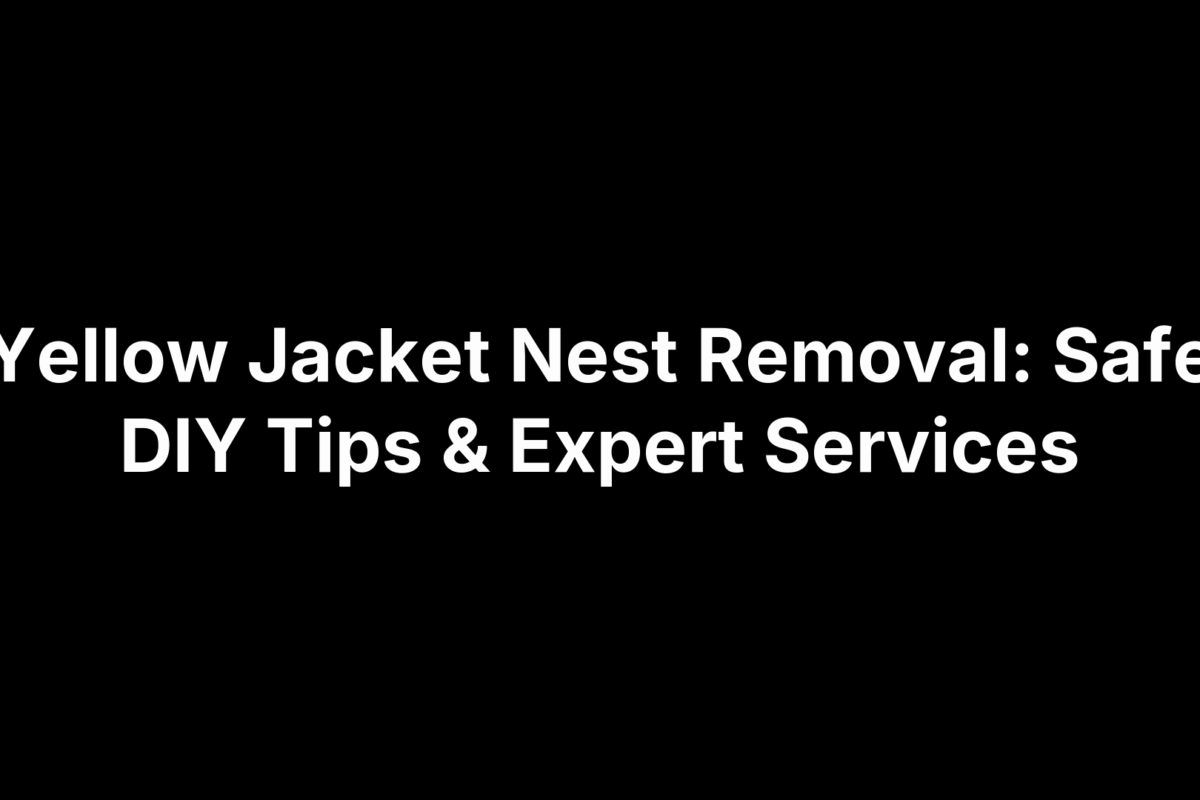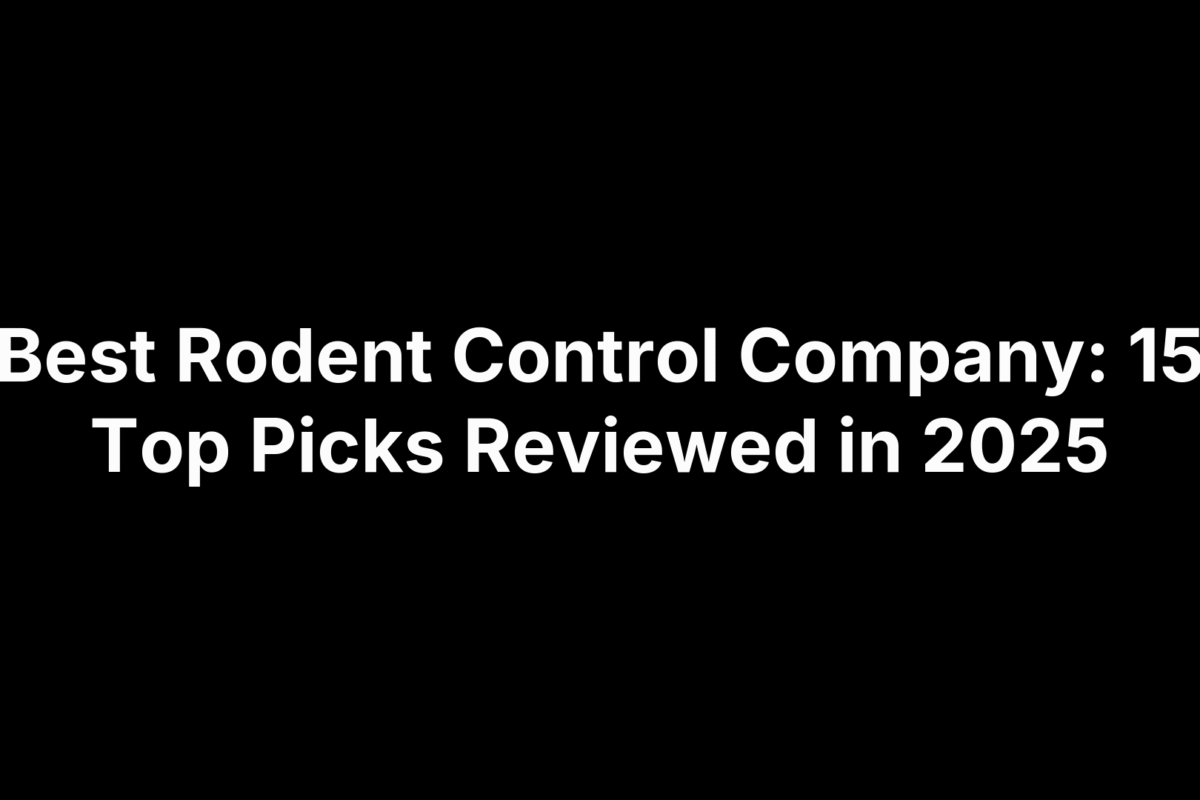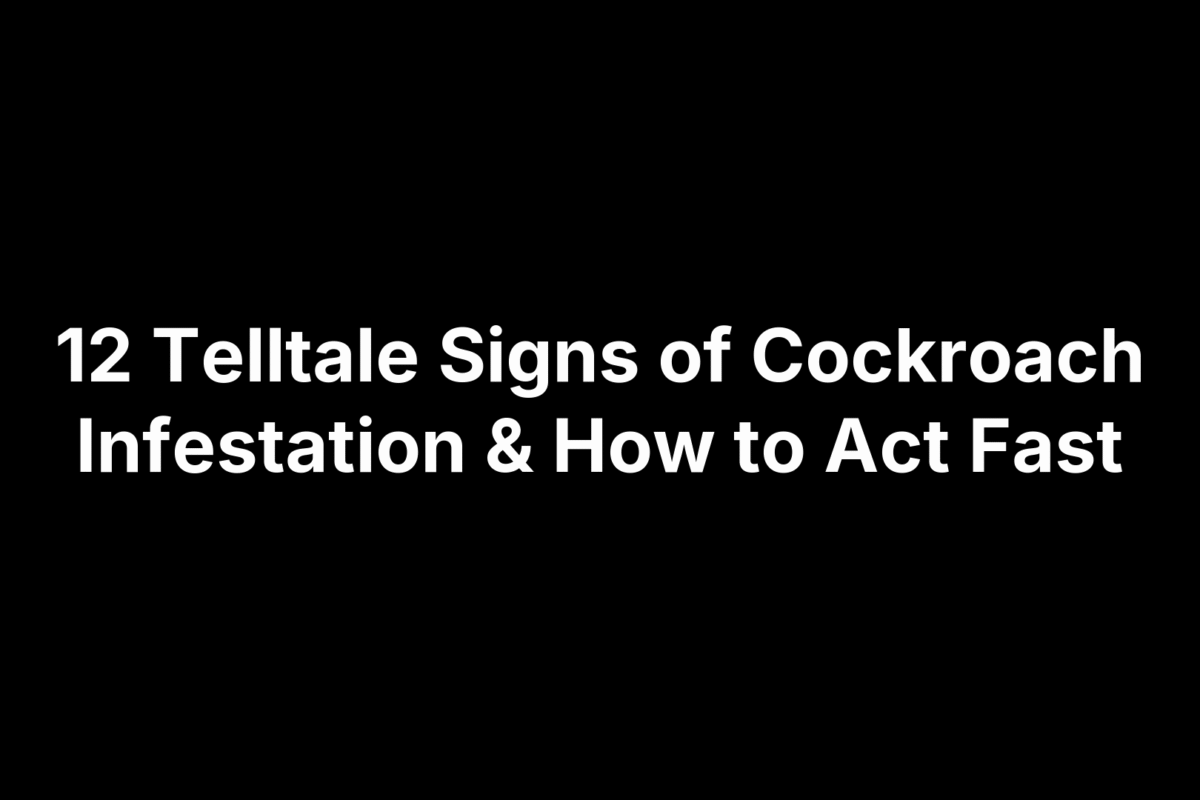Sick of slapping at bites every time you step outside? This guide lines up the 15 most dependable mosquito control services in the United States, shows exactly what they charge, and breaks down which treatment style—barrier spray, organic blend, larvicide tablets, or full-blown misting system—works best for your yard. Before we get to the companies, here’s the quick math: expect roughly $69–$212 per visit, around $40–$75 per acre for a one-time spray, or $350–$850 for a season plan. Costs swing with property size, treatment frequency, guarantee length, and where you live.
What will those dollars buy? Most providers lean on a residual pyrethroid barrier that keeps killing for three or more weeks. Eco-friendly outfits substitute essential oils or garlic. Larvicide briquettes drop into birdbaths and gutters so eggs never hatch, and automatic misting systems fog the yard on a timer. Many firms wrap these tools into integrated pest management—source reduction, monitoring, and targeted spraying—so you’re not over-treated.
For every company below you’ll see a quick snapshot: what they do, how they treat, what it costs, where they operate, the standout perks, and the type of customer who should call them. Let’s find the right fit.
1. Redi Pest Control LLC
1. Redi Pest Control LLC
What to know about Redi Pest Control
Family-owned and operated, Redi Pest Control LLC pairs small-business attentiveness with big-league know-how. The company offers same-day or next-day scheduling for both homes and commercial sites and backs every visit with licensed technicians who handle termites, rodents, and—of course—mosquitoes. Headquartered in northeastern Oklahoma, Redi services the greater Tulsa metro plus surrounding counties, so clients get local pros who understand the region’s humid summers and flood-prone backyards.
Mosquito treatment plans & price snapshot
A technician starts with a walk-through to flag breeding spots—birdbaths, french drains, neglected gutters—and gives a source-reduction checklist. Next comes a residual barrier spray around vegetation and structural edges, formulated to keep killing for 21–30 days. Standing water receives slow-release larvicide tablets (Bti) so larvae never emerge.
- Per-service rate: roughly $75–$95 for ¼–½-acre properties
- Full-season (April–October): $399–$649 for up to eight visits
- Deals: first-time $25 off or bundled “whole-home” pest + mosquito plan at 10–15 % savings
Why choose Redi Pest Control
- Lightning-fast response and courteous, uniformed techs
- Custom integrated pest management that folds mosquitoes into broader pest coverage
- Flexible packages for residential yards, restaurants, warehouses, and HOA common areas
- Competitive mid-tier pricing without long contracts
Limitation: Coverage is regional—if you’re outside the Oklahoma service zone, you’ll need one of the national mosquito control services below.
2. Mosquito Joe
You’ve probably seen Mosquito Joe’s bright‐green vans zipping around suburbia—the franchise built its name on making “Outside Is Fun Again” for more than 400 territories nationwide. Unlike generalists, their business is laser-focused on mosquitoes, ticks, and fleas, so every protocol, piece of equipment, and tech training revolves around biting insects.
Company snapshot
Founded in 2010 and now part of the Neighborly® service family, Mosquito Joe operates through locally owned franchises that combine national R&D with hometown customer service. An online dashboard and mobile app let customers schedule, pay, and request a free re-spray 24/7.
Treatment & pricing
Technicians mist a residual synthetic pyrethroid barrier—or a rosemary/peppermint botanical blend—around foliage, under decks, and along fence lines. Standing water is treated with larvicide pellets, and permanent misting systems are available for high-end properties.
- Standard ½-acre visit: $79–$109
- Season pass (7–10 sprays): $429–$799
- 14-day satisfaction guarantee: free retreat if bites return
Best for…
Homeowners who want a mosquito-specific company with an app-driven portal, optional natural formulas, and the ability to upgrade to automatic misting later on.
3. Mosquito Squad
Mosquito Squad pioneered the residential barrier spray in 2005 and has since grown into one of the best-known mosquito control services in the country. Operating in more than 300 franchise territories, it combines standardized training with local ownership. The brand’s tagline—“Protect Your Squad”—underscores a family-first approach and an active partnership with Malaria No More.
Fast facts
- Founded in 2005; now under the Authority Brands umbrella
- Presence in 36 states and Washington, D.C.
- Services both residential and commercial properties, plus outdoor weddings and festivals
Key mosquito solutions & costs
Technicians apply a time-released synthetic pyrethroid that promises up to 21 days of knockdown. An all-natural cedar and lemongrass option is available, and high-end clients can install automatic misting systems for daily bursts. One-time “event sprays” are popular for graduations and backyard parties.
- Standard treatment: $85–$115 per visit (½-acre)
- Season plan: $450–$900 for 7–12 visits
- Free re-spray if mosquitoes return before day 21
Pros & cons
- ✅ Text alerts before and after every visit; portion of profits funds global malaria relief
- ❌ Pricing lands on the higher side compared with smaller regional outfits
4. TruGreen TruDefense Mosquito Control
TruGreen is best known for turf care, and its TruDefense add-on lets customers bundle yard health and mosquito reduction under one invoice. With technicians already scheduled for fertilizer or weed control, the company can layer an extra mosquito application without a separate trip—keeping prices tight and logistics simple.
Brand overview
TruDefense rides on TruGreen’s national fleet, licensed applicators, and call-center support. Homeowners schedule through the same portal they use for lawn treatments, and any missed service triggers an automatic make-good visit.
Treatments & cost range
- Backpack fogger applies a synthetic pyrethroid along grass, shrubs, and eaves.
- Treatment dovetails with lawn service, so no additional yard prep is needed.
- Pricing: $70–$100 per application when paired with a lawn plan; $500–$750 for a stand-alone seasonal program of 7–8 visits.
Ideal customer
Homeowners already using TruGreen who want convenient, one-stop mosquito control services without juggling multiple providers or invoices.
5. Mosquito Authority
If you like the idea of paying only when you need a spray—and skipping a long-term contract—Mosquito Authority is worth a look. The fast-growing franchise operates in 40+ states, each branch run by local owners who lean on a corporate entomology team for training and product vetting.
About the company
Founded in 2002, Mosquito Authority markets a simple promise: “No Mosquitoes. Guaranteed.” Homeowners schedule visits as often or as rarely as they want; pause, cancel, or resume anytime without penalty. The brand also services commercial patios, daycare playgrounds, and community pools.
Service details & pricing
Techs inspect for breeding pockets, dump or treat standing water, then fog foliage with a micro-encapsulated pyrethroid that lasts 10–17 days. An essential-oil alternative (lemongrass, geraniol) is available on request.
- Pay-as-you-go: $85–$120 per application (up to ½-acre)
- Seasonal plan: $420–$820 for 7–10 visits
- Special-event single spray: $150–$250
Key differentiators
- No contracts—stop service anytime
- 48-hour re-treat guarantee if bites persist
- Detailed, educational inspection checklist left after every visit
- Option to add tick control without changing equipment
6. Orkin Mosquito Service
Few names in pest control carry more clout than Orkin. With trucks in every major metro, a century-plus of research data, and board-certified entomologists on staff, the company offers a science-first approach that goes well beyond a quick fog and dash.
Company snapshot
Founded in 1901, Orkin operates from 400+ U.S. locations and trains its techs at a 30,000-square-foot learning center nicknamed “The Rollins University.” Detailed reporting, GPS-timestamped service logs, and strict PPE standards give homeowners corporate-level professionalism without losing local accountability.
Treatment approach & price
Service begins with a 360° audit: techs map breeding sites, identify species, and recommend drainage fixes. They then apply larvicide granules (Bti) to standing water, remove leaf litter, and mist a micro-encapsulated pyrethroid barrier designed to last 30 days. Expect $80–$130 per residential visit; bundling with Orkin’s general pest or termite plans can shave 10–15 % off seasonal totals.
Who should pick Orkin
Homeowners who value rigorous inspections, written service protocols, and the option for year-round, whole-home pest coverage will find Orkin’s mosquito program a solid, data-driven choice.
7. Terminix QuickGuard Mosquito Service
If you already recognize the red shield for termite work, know that Terminix also fields a purpose-built mosquito program called QuickGuard. The nationwide network leverages the same scheduling app, call-center, and 24-hour callback promise that make its core pest plans popular—handy when you want mosquitoes handled fast without juggling multiple providers.
Overview
QuickGuard relies on a proprietary micro-encapsulated formula marketed to start killing within minutes and keep working for up to four weeks. Terminix services all 50 states through 300+ branches, so snow-belt, desert, and Gulf Coast homeowners alike can access the same standardized protocol and paperless service reports.
Program & costs
- Free inspection pinpoints standing water and conducive conditions
- One-time “event” spray: $150–$250 for up to ½-acre
- Recurring monthly plan: $70–$120 per treatment (discount when bundled with general pest or termite coverage)
- 24-hour guarantee—tech returns at no charge if biting resumes
Standout benefit
Because Terminix already offers termite, rodent, and general pest warranties, you can roll mosquito control into a single invoice and often trim 10 % off by bundling.
8. Mosquito Shield
Started in 2001 in Massachusetts, Mosquito Shield built its reputation on tweaking chemistry in real time rather than sticking to a one-size-fits-all spray. The company now operates more than 250 franchise territories from New England to California, all trained on the same adaptive playbook that responds to local weather data and mosquito density.
Service basics
Technicians arrive with handheld weather meters and proprietary software that decides which of three base concentrates to load into the sprayer that day. The “FlexBlend” formulation can swing from a heavy-duty synthetic to a lighter mix with essential oils if pressure is low, reducing needless pesticide. Each visit includes gutter checks and a written report on breeding sources.
Treatment cadence & pricing
- Average revisit interval: 10–17 days (shorter after heavy rain)
- Season membership (unlimited visits for up to ½-acre): $699–$899
- All re-sprays between scheduled visits are free
Best suited for
Homeowners in climates with roller-coaster weather—or anyone who wants a data-driven schedule and unlimited callbacks baked into the price.
9. Clarke Environmental Mosquito Management
Clarke isn’t a household name to most homeowners, but cities, counties, and mosquito-control districts have relied on the Illinois-based company for more than 75 years. The firm designs equipment, manufactures EPA-registered larvicides, and runs on-the-ground service crews that handle everything from neighborhood truck fogging to county-wide aerial missions.
About Clarke
Headquartered in St. Charles, IL, Clarke blends public-health research with field techs certified in mosquito-borne-disease surveillance. The company supplies many state-run Zika and West Nile monitoring programs, so its service menu skews to science-heavy protocols and detailed GIS reporting.
Methods & approximate costs
Common residential package:
- ULV truck fog targeting adult mosquitoes after dusk
- Bti or methoprene briquettes placed in storm drains and ponds
- Optional backpack barrier spray for backyard hotspots
Pricing: $95–$140 per visit for up to one acre; municipal contracts are bid individually.
When to choose Clarke
HOAs, golf courses, or county health departments needing environmentally responsible, large-area coverage.
10. HomeTeam Pest Defense Taexx & Mosquito Control
Best known for its patented Taexx in-wall tubing system, HomeTeam Pest Defense also offers traditional outdoor mosquito control in 34 states. Because the company partners with hundreds of homebuilders, many properties already have Taexx lines pre-installed—making it easy to fold mosquito service into an existing interior program or start fresh with stand-alone yard treatments.
Treatment & cost snapshot
- Monthly backpack power-spray along vegetation, shaded patios, and fence lines
- Slow-release larvicide pellets placed in drains, flower-pot saucers, and low spots
- Optional connection to the Taexx network so techs can treat interior pests and outdoor mosquitoes in one visit
- Pricing: $75–$110 per treatment for up to ½-acre; 8-visit season plans discount 10–12 % when bundled with general pest coverage
Unique advantage
If your house was built with Taexx, HomeTeam is the only provider that can charge the in-wall lines and treat the yard on the same ticket—one technician, one invoice, fewer scheduling headaches.
11. Rentokil (Ehrlich, Western Exterminator, Anderson)
Whether your address reads Boston, Baltimore, or Chicago, chances are one of Rentokil’s regional banners—Ehrlich in the East, Western Exterminator in the Mid-Atlantic, or Anderson in the Midwest—has a branch minutes away. The 90-year-old global giant leans on in-house entomologists and strict ISO-certified processes, so every mosquito visit feels more like a science project than a splash-and-dash spray.
Mosquito service specifics & pricing
Technicians start with an IPM audit, mapping breeding sites and logging them in a digital portal. Treatment layers:
- Habitat elimination (tipping, draining, or screening)
- Targeted misting of shady vegetation with a micro-encapsulated pyrethroid
Btilarvicide pucks in gutters, ponds, and catch basins
Residential pricing averages $80–$125 per application; restaurants, warehouses, and HOA common areas receive custom quotes based on acreage and compliance needs.
Key selling points
- Deep commercial expertise for food-handling and pharmaceutical facilities
- Online dashboard with service records and SDS sheets for audit compliance
- Option to bundle mosquitoes with year-round pest or rodent programs for 10–15 % savings
12. Arrow Exterminators
Headquartered in Atlanta and still family-run after five decades, Arrow Exterminators now operates from 170+ offices across 12 Southeastern states. Its mosquito program follows the STEPS® green philosophy, pairing dependable knockdown with a lighter touch on beneficial insects.
Snapshot
Technicians are local to the humid Southeast, licensed, and background-checked. Service notes and photos upload to a customer portal, so you can track exactly where and when each treatment hit.
Program details & costs
After a source-reduction walk-through, crews apply either a low-odor synthetic barrier or a rosemary–cedar botanical blend once a month from March to October. Expect about $75–$105 per visit; bundling with Arrow’s termite plan shaves 5–10 percent.
Best for
Ideal for Southeastern homeowners seeking eco-sensitive mosquito control services and the convenience of multi-pest bundling.
13. Aptive Environmental
Aptive markets itself as the “modern pest control” company, blending data analytics, reduced-risk products, and a polished customer app. With service hubs in more than 30 states, it’s a fast-expanding option for homeowners who already want broad pest protection and just need mosquitoes tacked on.
Company profile
Founded in 2015, Aptive Environmental donates a portion of every sale to Nothing But Nets and trains technicians on low-impact applications. The proprietary Responsible™ line leans on micro-encapsulated pyrethroids buffered by essential oils to minimize drift and odor.
Mosquito service & pricing
Mosquito control isn’t sold à la carte; instead it’s an add-on to Aptive’s quarterly general pest plan. Techs fog shrub beds, shaded walls, and grass borders during each seasonal visit, then place larvicide dunks in birdbaths or sump pits. Expect an additional $40–$60 per quarter on top of your existing plan.
Who benefits most
Ideal for customers who already trust Aptive for ants, spiders, or rodents and want modest, budget-friendly mosquito coverage without juggling another vendor. Pure mosquito seekers should look elsewhere.
14. Viking Pest Control
Operating out of its Bridgewater, NJ, headquarters, Viking Pest Control covers the dense suburbs of New Jersey, eastern Pennsylvania, Delaware, and Maryland—areas where humid summers and wooded lots make mosquitoes relentless.
Quick facts
- Regional brand since 1980; acquired by global pest leader Anticimex
- Local customer-service reps answer phones, and technicians live in the communities they treat
- Offers residential, commercial, and HOA mosquito programs
Treatment approach & pricing
Crews mist a micro-encapsulated pyrethroid barrier once a month from May through September, concentrating on leafy perimeters and under decks, then drop Bti briquettes in clogged gutters and low-lying drains. Smart digital rodent sensors can be added under the same contract.
- Standard ½-acre visit: $80–$115
- Pre-pay full season and save about 10 %
Notable perk
Because calls route to local staff instead of a national center, scheduling tweaks or rain-delay resprays happen fast—an advantage in mosquito-heavy, storm-prone Mid-Atlantic summers.
15. Local Government & Community Mosquito Abatement Programs
Private sprays aren’t the only game in town. Many cities, counties, and specialized mosquito districts fund area-wide control through property taxes or utility fees, giving residents baseline protection at no extra cost.
What they are
Public-health departments or stand-alone mosquito districts that map breeding zones, monitor disease vectors, and coordinate neighborhood-scale treatments using pooled taxpayer dollars rather than individual invoices.
How treatment works & availability
Crews schedule ultra-low-volume (ULV) truck fogging after dusk, drop Bti briquettes into storm drains, stock retention ponds with mosquito-eating fish, and host “tire amnesty” events to eliminate breeding sites. Residents typically sign up for text or email alerts and can request property inspections, though coverage and frequency vary by jurisdiction and budget.
When to rely on them
Great for broad community knockdown—especially in wetlands or floodplains—but backyard protection may still fall short. Most homeowners supplement with a professional service for guaranteed re-sprays and customized barrier treatments.
Final thoughts on beating mosquitoes for good
Prices, products, and promises vary wildly among mosquito control services, so match the plan to your yard, budget, and green preferences. Before signing, collect at least two written quotes, confirm whether larviciding is baked in, and pin down the re-spray window in writing. Organic oils, smart misting systems, or traditional pyrethroids all work—consistency and correct timing matter more than brand hype.
If you’re in the Tulsa area and want a same-day, no-pressure quote, our techs are ready to help. Reach out to Redi Pest Control LLC and reclaim your backyard—mosquito-free.






